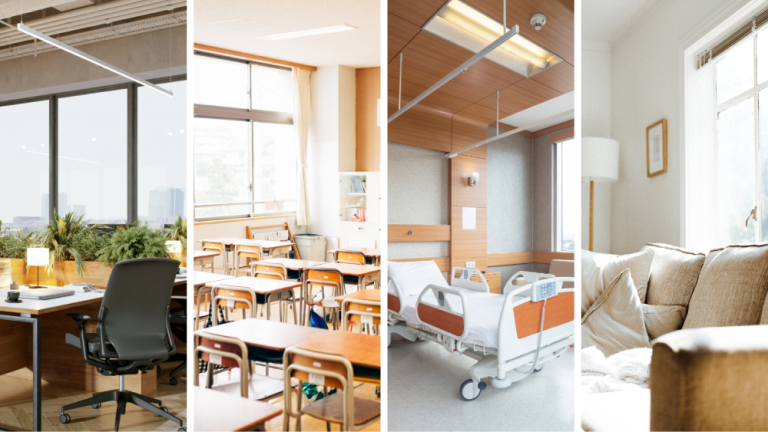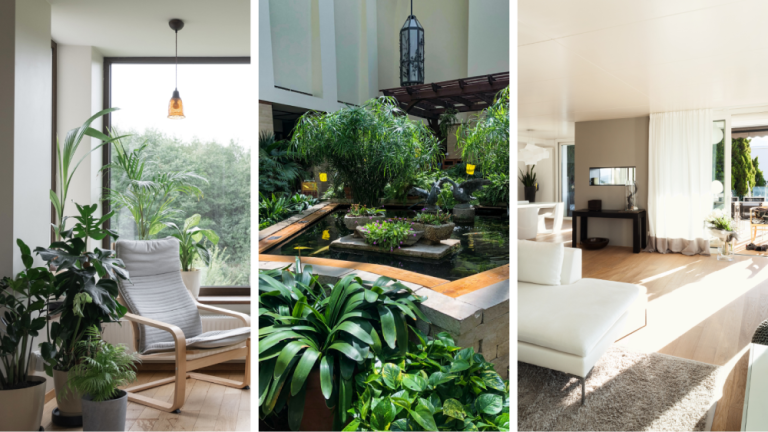Boosting Productivity and Wellbeing: The Science of Neuroarchitecture
Neuroarchitecture, a burgeoning discipline at the intersection of neuroscience and architecture, is revolutionising our understanding of how the built environment influences human behaviour. By meticulously examining the interplay between the brain and its surroundings, this field seeks to optimise spaces for human well-being and performance.
The Foundations of Neuroarchitecture
At its core, neuroarchitecture investigates how physical elements such as light, sound, colour, texture, and spatial arrangement impact human cognition, emotion, and physiology. By decoding the neurological responses to these stimuli, architects and designers can create environments that are not merely aesthetically pleasing but also functionally optimised for human needs.
Neuroscientific research has unveiled the intricate relationship between the brain and its environment. For instance, exposure to natural light has been linked to increased alertness, improved mood, and enhanced cognitive function. Similarly, the incorporation of biophilic elements, or nature-inspired designs, has been shown to reduce stress, increase creativity, and promote overall well-being.

The Impact of Environment on Human Performance
A growing body of evidence underscores the profound influence of the built environment on human performance. Neuro-architectural principles can be applied to a variety of settings, from workplaces and educational institutions to healthcare facilities and residential spaces.
- Workplace Productivity: By crafting environments that minimise distractions, optimise lighting, and incorporate ergonomic design, organisations can foster a culture of productivity and innovation. Studies have shown that employees in well-designed spaces report higher levels of job satisfaction, increased focus, and reduced absenteeism.
- Educational Outcomes: Neuroarchitecture offers valuable insights into designing learning spaces that enhance cognitive function and engagement. By incorporating elements such as natural light, flexible seating arrangements, and collaborative areas, educators can create environments that support optimal learning and memory retention.
- Healthcare and Well-being: In healthcare settings, neuro-architectural principles can contribute to patient healing and recovery. The use of calming colours, natural light, and biophilic elements has been shown to reduce stress, anxiety, and pain perception. Additionally, creating spaces that promote social interaction and support patient autonomy can enhance the overall healing experience.
- Residential Comfort and Well-being: Neuroarchitecture can also be applied to residential design to create homes that promote relaxation, rest, and rejuvenation. By considering factors such as lighting, acoustics, and spatial organisation, architects and designers can create living spaces that enhance residents’ quality of life.

Core Principles of Neuroarchitecture
Several key principles underpin the practice of neuroarchitecture.
- Biophilia: Integrating elements of nature into the built environment has been shown to have a profound impact on human well-being. Incorporating natural light, plants, and natural materials can create a sense of connection to the natural world, reducing stress and improving mood.
- Sensory Experience: The interplay of light, sound, and touch influences human perception and emotion. By carefully considering these sensory elements, architects can create environments that evoke specific moods and enhance occupant well-being.
- Spatial Organisation: The arrangement of spaces within a building can significantly impact human behaviour. Creating clear circulation patterns, providing adequate personal space, and offering opportunities for both solitude and social interaction are essential for optimal human experience.
- Flexibility and Adaptability: People’s needs and preferences change over time. Therefore, designing spaces that can be easily adapted to different uses and activities is crucial. Incorporating flexible furniture and technology can enhance the usability of a space.
Challenges and Opportunities
While neuroarchitecture holds immense promise, it also presents challenges. The complexity of the human brain and the variability of individual responses to environmental stimuli make it difficult to establish universal design guidelines. Additionally, the integration of neuro-architectural principles into the design process requires collaboration between architects, neuroscientists, and other experts.
Despite these challenges, the potential benefits of neuroarchitecture are substantial. By investing in research and development, we can unlock the full potential of this field and create environments that truly enhance human life.
As our understanding of the brain and its interaction with the built environment deepens, neuroarchitecture will continue to evolve. By embracing this emerging discipline, we can shape a future where our spaces not only meet our functional needs but also nourish our minds, bodies, and spirits.


No Comments